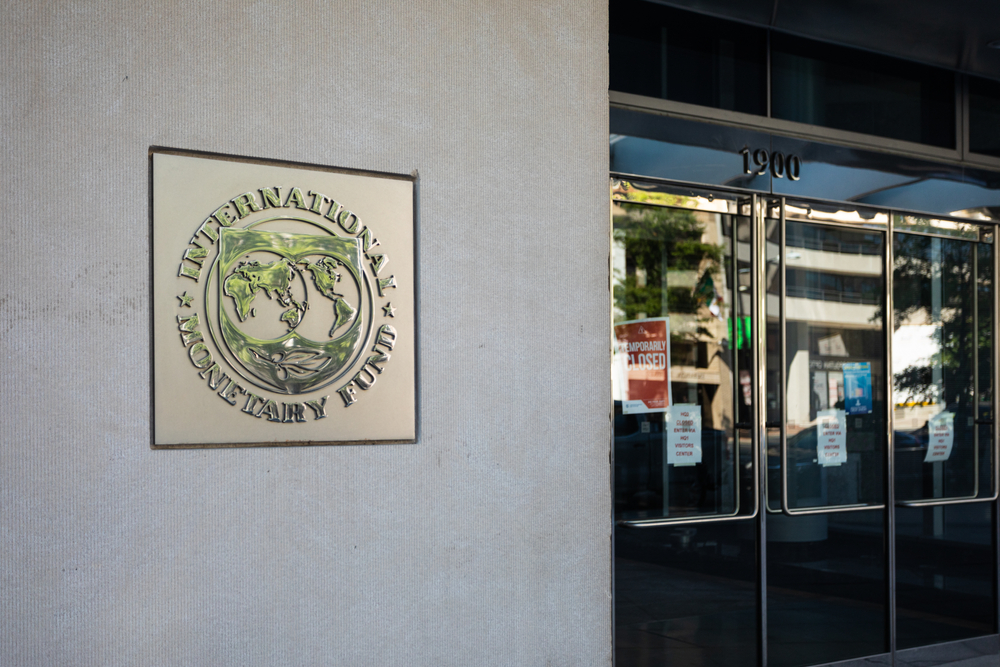Direction of Monetary Course Seen Differently

MTI/Attila Kovács
While there is a strong inflationary pressure on the Hungarian economy, the National Bank of Hungary (MNB) is not likely to change the course of its dovish monetary policy in the coming months, several London-based analysts say. Others, however, argue that Hungary will, once again, go in the opposite direction to the EU and the United States and might deploy some tightening tools in the near future.
Mihály Varga, Minister of Finance, gives an opening address at the beginning of the general debate on next yearʼs budget at the plenary session of the National Assembly on June 19. In the background are: Sándor Lezsák, center, Deputy Speaker of the National Assembly of Parliament; Tibor Bárány, Deputy Director-General for Legislative Affairs of the Parliamentary Assembly (left) and László Varga, MSZP representative, notary (right).
According to London-based financial analysts, the MNB is not likely to be in a hurry with tightening the current monetary conditions. A group of analysts at Bank of America-Merrill Lynch, who specialize in emerging markets, visited Hungary recently and reported their findings in London afterwards.
“Although there is a strong inflationary pressure on the Hungarian economy, the National Bank of Hungary might find a reason for passivity in the next six months,” they say.
According to them, the central bank might reason that the recently announced residential bond program and a tighter budget for the next year alone might have some tightening effects, while the deteriorating external environment could reduce imported inflation.
Analysts from Morgan Stanley also visited Hungary and concluded that the MNB is in no hurry with normalization, especially if the European Central Bank does not start a tightening cycle in the near future.
Improved Projection
Morgan Stanley, by the way, has just improved its growth projection for Hungary, up to an annual 3.9% from 3.3% for 2019, and predicted a 3.2% increase in 2020.
The economic research institute reasoned its move by saying the Hungarian economy had proved to be more resilient than previously thought, and therefore might be influenced less by the slowing economies of the eurozone than feared.
However, no move in the other direction should be expected either. All in all, analysts at BofA-Merrill Lynch Global Research think that the central bank will only engage in further easing if the ECB does the same.
This scenario does not seem very likely for the time being, and others see the possible course of monetary policy in a completely different way, even taking into consideration that the ECB is preparing for a rate cut that could, analysts now say, happen as early in 2020.
But in Hungary, as the head inflation figure is at its upper limit at around 4%, and the tax-filtered core inflation (which is even more important for the MNB) is also above target, there are analysts who argue some sort of tightening could be expected as soon as the June rate setting meeting of the bank on June 25.
Commerzbank analyst Tatha Ghose says that the MNB risks its credibility if it doesn’t act in the light of the latest inflation data. The form of any tightening might be through reducing the free liquidity on the market, or raising the overnight interest rate to zero or even to positive territory from its current negative level.
Slowing Growth
In the meantime, the growth rate of Hungary’s industry has slowed a little from its March pace in April, showing a 6.3% increase year-on-year, down from 8% in the previous month.
According to data released by the Central Statistical Office (KSH), the majority of manufacturing subsections contributed to the increase. The rate of growth slackened in the manufacture of transport equipment (representing the largest weight), while the manufacture of computer, electronic and optical products declined. The manufacture of food products, beverages and tobacco rose at a rate above the industrial average. Output was 6.2% higher than in the same period of the previous year.
Analyst Péter Virovácz of ING Bank says that the March and April industrial output data were influenced by the Easter effect, but that the sector’s output growth is sustainable at the level seen in the first four months of the year.
Dávid Németh of K&H Bank notes that the April output figure is compared to a high base, reflecting strong performance. The data continues to show that growth is driven by the installation of new capacities, which offset the decline in external demand, he adds, forecasting industrial output growth of around 5% in 2019, or slightly lower if there is a marked slowdown on international markets.
As for the full year, Zsombor Varga of Erste Bank predicts industrial output growth between 5% and 5.5%.
Numbers to Watch in the Coming Weeks
Apart from the much-expected rate setting meeting of the Monetary Council on June 25, the upcoming fortnight is expected to be rather quiet. The KSH will publish data of the labor market for the March-May period on June 27. Retail trade figures for May will come out on July 4, while the May industrial data, expected to be published on July 5, might bring some excitement.
SUPPORT THE BUDAPEST BUSINESS JOURNAL
Producing journalism that is worthy of the name is a costly business. For 27 years, the publishers, editors and reporters of the Budapest Business Journal have striven to bring you business news that works, information that you can trust, that is factual, accurate and presented without fear or favor.
Newspaper organizations across the globe have struggled to find a business model that allows them to continue to excel, without compromising their ability to perform. Most recently, some have experimented with the idea of involving their most important stakeholders, their readers.
We would like to offer that same opportunity to our readers. We would like to invite you to help us deliver the quality business journalism you require. Hit our Support the BBJ button and you can choose the how much and how often you send us your contributions.










